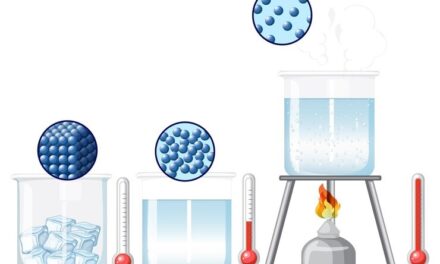Environmental pollution is a serious issue that affects our planet and all living organisms. It occurs when harmful substances are introduced into the environment, causing damage to air, water, soil, and ecosystems. Understanding pollution helps us recognize its impacts and take actions to protect our environment and health.
Types of Pollution:
- Air Pollution: Air pollution occurs when harmful gases, particulate matter, and pollutants are released into the atmosphere. Sources of air pollution include vehicle exhausts, industrial emissions, and burning of fossil fuels. Pollutants like carbon monoxide, sulfur dioxide, and nitrogen oxides can cause respiratory problems and contribute to climate change.
- Water Pollution: Water pollution occurs when contaminants such as chemicals, sewage, and plastics enter rivers, lakes, and oceans. Industrial discharge, agricultural runoff, and improper waste disposal contribute to water pollution, affecting aquatic life and human health. Clean water is essential for drinking, agriculture, and ecosystem health.
- Soil Pollution: Soil pollution involves the presence of toxic chemicals, pesticides, heavy metals, and waste materials in the soil. Activities like improper waste disposal, industrial spills, and use of chemical fertilizers can degrade soil quality, affecting plant growth and contaminating food sources.
- Noise Pollution: Noise pollution refers to excessive noise levels that disturb the environment and human activities. Sources include traffic, industrial machinery, and loud music. Prolonged exposure to noise pollution can lead to hearing loss, stress, and disruption of wildlife habitats.
Impacts of Pollution:
– Health Effects: Pollution can cause respiratory diseases, allergies, and cardiovascular problems in humans. Chemical pollutants like mercury and lead can have long-term health effects, particularly in children and vulnerable populations.
– Environmental Damage: Pollution harms ecosystems by disrupting natural habitats, contaminating water sources, and reducing biodiversity. Species extinction, habitat destruction, and algal blooms are consequences of environmental pollution.
– Climate Change: Air pollution contributes to climate change by releasing greenhouse gases like carbon dioxide and methane into the atmosphere. Climate change leads to rising global temperatures, sea level rise, and more frequent extreme weather events.
Preventing Pollution:
Reducing pollution requires collective efforts from individuals, communities, governments, and industries:
– Reduce, Reuse, Recycle: Minimize waste generation and promote recycling of materials to reduce landfill waste and resource consumption.
– Clean Energy: Use renewable energy sources like solar and wind power to reduce dependence on fossil fuels and mitigate air pollution.
– Environmental Regulations: Enforce laws and regulations to control industrial emissions, promote sustainable practices, and protect natural resources.
– Awareness and Education: Educate communities about the impacts of pollution and encourage sustainable behaviors to protect the environment for future generations.
In conclusion, environmental pollution poses significant challenges to human health, biodiversity, and ecosystem sustainability. By understanding its causes and effects, we can work together to implement solutions that preserve our planet’s natural resources and create a cleaner, healthier environment for all living organisms.
The worksheet covers the following topics: –
Air Pollution
Causes of air pollution
Water Pollution
Causes of water pollution
Land or soil pollution
Causes of land pollution
Noise Pollution
Causes of noise pollution
Environmental Pollution- Explorer’s sheet
This worksheet is designed to help the students learn the concepts and the topics deeply. It encourages the child to think logically and explore the answers.
Some simple home-based activities are shared to encourage the child to do-and-learn.

















